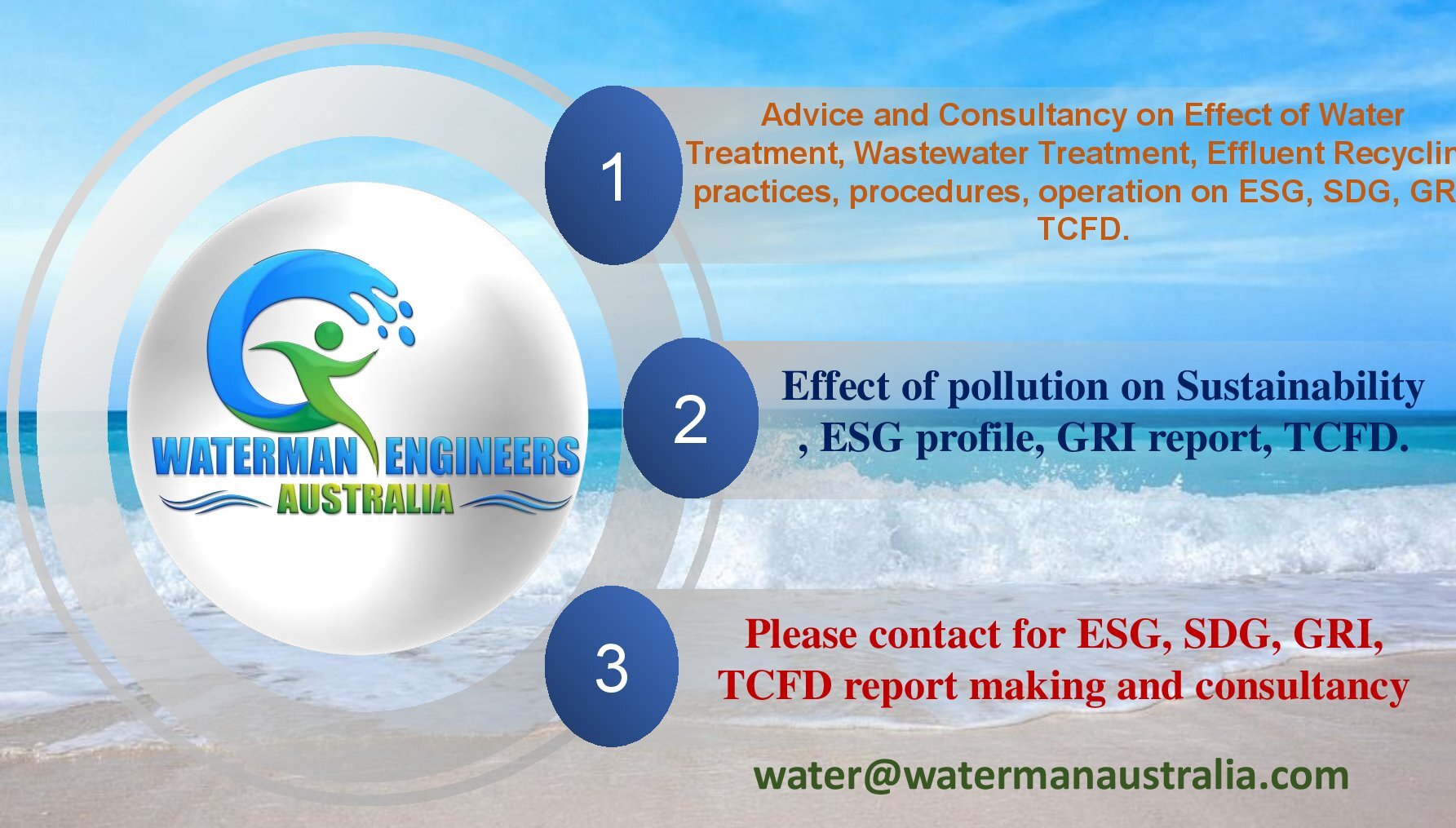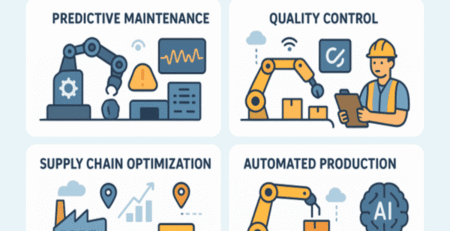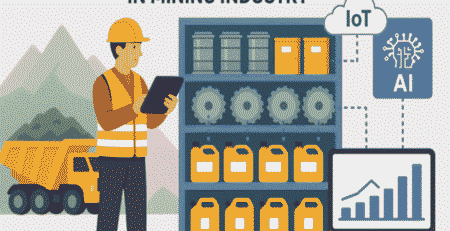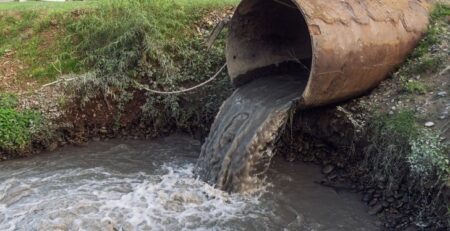Sustainable Plans, Policies for Textile Industry
Introduction:
Textile and style goods are manufactured, supplied, marketed, and utilized internationally, so the fabric and trend manufacturing have a main effect on the world. Environmental concerns are performing a gradually more significant responsibility. The guidance raw material permitted “Natural fabrics” is a collection of technical, practical, efficient, and ecological information on the various techniques and offers various characteristics of the environmental growth of textiles.
Sustainability is a universal idea, concerning the stability of the financial, community, established, and ecological characteristics of individual humanity. Sustainability can be defined as our obligation to continue in a sense that will maintain natural life that will permit the later creations to live happily on a pleasant, neat, and wholesome planet, where individuals
- Take accountability for existence in everything its structures as well as appreciate social job and ambitions, regard personal human rights and public obligations.
- Identify community, conservation, financial, and electoral procedures to be dependent.
- Weigh expenses and advantages of choices fully, as well as long-time expenses and advantages to future productions.
- Accept that funds are restricted and that there are restrictions to increase.
- Presume management of their fates.
- Understand that our capacity to find out the demands of the potential is inadequate and any effort to identify sustainability would continue as public and accommodating as potential.
Textile methods and their impact:
Textile fabrication processes generate large quantities of poisonous and non-contaminated hard waste. Filaments, cannabis, wool, and textiles are solid garbage that is produced immediately after manufacture line up. The shafts emerge and plastic cylinders used to hold structures and fabrics throughout production add up to a plant’s solid-trash pollution.
Textile activities are distributing CO and CO2 fumes into the atmosphere, which are considerably polluting the natural environment, improving international high temperatures, melting ice of the shafts, and triggering sea-intensity growth. This improved heat also affects the hothouse impact
Concerning the sustainability problems in the textiles segment, the emphasis is on community problems like child labour force, operating circumstances, and employees’ wellbeing and protection, but the conservation characteristics in the construction method are gradually getting interested. The major effects that can be reviewed are given below
| Solid waste Impact on Textile Industry | · production
· post-purchaser |
| Environmental Impact on Textile Industry | · Water utilization: up to 600 liters per kg
· Chemical utilization: 2000 various chemicals used daily. · Waste liquid emission: table salt, paint, water harmfulness. |
| Energy Impact on Textile Industry | · Energy expenditure: energy, coloring, dehydrating |
Table 1: Impacts on the textile industry
Sustainability assessing tool in Textile Industry:
The complicated assessment of sustainability requires various dimensions and tools are given below
- The magnitude of the whole influence of chemical treatment requires:
- Air, mineral water, and soil.
- CO2 discharge.
- Determining sustainability in the textile industry indicates:
- Evaluation of public accountability.
- Liquid footprint
- Life phase evaluation of textiles.
- Reserves consumption: tap water, power, substances.
- Carbon footprint.
Plans and Policies of Sustainability in Textile Industry:
- Sustainable Construction
- Promoting the accountable consumption of organic sources like liquid and power in making procedures which be able to be a key element in shifting this manufacturing
- Reducing the use of substances in methods like colouring and varnish and as an alternative using organic pigments and filaments
- Discarding and therapy of waste fabric down with high-pitched water rescue to prevent any disparity that can be shaped
- Observance of regulations to reduce health consequences for employees, as well as purchasers
- Demanding commitment to and implementation of mammal heartlessness rules in the buying of cloth, satin, coat, etc.
- Implementing renewable power resources in power plants
- Constant alternative of older-production systems with more than energy-capable designs
- Green Sourcing
- Presentation of innovative sustainability strategies and techniques for all the tracking companies which in arrival will add up more profit
- Notice the accessibility of raw resources which know how to be helpful and sustainable for the extended management in this business and marketplace
- Difference in the rates of environmental and non-organic goods and public services can be a key component in the business that be able to be deemed to alter its operating structure
- To get to the sides get together in conditions of a green choice, one must hold on changing their flea market communication squad to discover environmental and natural substitutes for raw textiles and other
- Usual inspections and supervising while changing the finding approach dependent on the requirements and challenges of the designated company is also vital
- Stakeholder Engagement
- Offer constant guidance to workers on sustainability concerns to enhance knowledge and understanding
- Organizations would perform a huge role in raising understanding and assessing different developing methods that would not just promote the groups but generally gets a move on the road to a well future
- Enhanced conversations and consultations with authorities, organizations, consumers, and more crucial participants regarding sustainability in this business to promote multi stakeholder partnership
Attain the SDGs devoid of flexibility the attractiveness of businesses can be guaranteed due to new product growth, value development, efficiency development, cost management, and implementation of organic and eco-welcoming projects slowly. All these aggressive considerations of the business will promote to implementation of the corresponding sustainable standards.
Sustainability Challenges in the Textile Industry:
The greatest challenge for the textile industry comprises:
- Attaining sustainability with no spending effectiveness in the marketplace
- Speed up the growth of technical basics of the business
- See for additional sustainable equipment choices
- Changing from a modest-cost prepared-was clothing-making business to a maker of cost-extra things
- Encouraging further investing in private R and D as well as enhancing business-association partnerships
- Developing new capabilities and delivering the necessary funds to sustain those advances
Future Challenges:
The textile business does not react completely to the risks given by the world’s nuclear potential, as well as climate shift, supply shortage, weak financial situations, and altering customer conduct. So, the potential task is to realize these fears and take away proper legal action to protect its potential, safeguard the natural environment and enhance the life expectancy of its clients, employees, and providers around the globe. The prospects for the following 25 years might depend on an anticipated situation that begins with a change in today’s performance. It is important to recognize and appreciate potential outside motorists that can shift developments during the later days and creations. Ethical, community and social issues can affect the design and impact adjustments done to the rule and the presentation of new ecological guidelines. Consequently, unexpected, and philosophical changes in the natural environment and technical innovations might affect the potential of the textile industry ever, wherever we everything, as lecturers, experts, and scientists, should make an essential impact.
Please contact us for ESG, SDG, GRI, TCFD consulting or report making on
Email
Frequently Asked Questions
1) What are sustainable practices in textile industry?
Utilizing less water, harmful chemicals, pesticides, and fertilizers; adopting environmentally friendly production techniques; utilizing less energy throughout production processes; and implementing the 3 Rs—Reduce, Reuse, and Recycling-are all examples of sustainable practices in the textile business.
2) How can we make textile industry more sustainable?
5 ways to make the fashion industry more sustainable
- Customized clothing
- Reduce environmental impact
- Ethical practices
- Sustainable packaging.
- Change the brand’s message
Let us help you make the change to a more sustainable future.
3) How can we overcome challenges in textile industry?
- After manufacturing processes are dealt with, textile manufacturers need to manage inventory and logistics.
How an ERP solution solves major Textile manufacturing challenges.
- Ever-changing fashion trends.
- Order and dye batch planning.
- Stock management and warehousing.
- Product data management and insights.
4) How can we reduce the environmental impact of textiles?
Along with lowering overall consumption, a change to a circular textile production and consumption system with longer uses, more reuse, and recycling could lessen those effects.
5) What are the three main problems faced by the textile industry?
The three major problems faced by the Cotton textile industry in:
- Poor supply of power.
- Machinery needs to be upgraded into weaving and the processing sectors.
- The low output of labour.
- Stiff competition with the synthetic fiber industry.
6) How can we reduce fabric waste in textile industry?
Waste can be minimized at all stages of production, including cutting, manufacturing, packaging, sewing, and finishing. Manufacturing large quantities of the same type in many colours or prints can help reduce waste since effective marker making makes cutting and production simpler.











